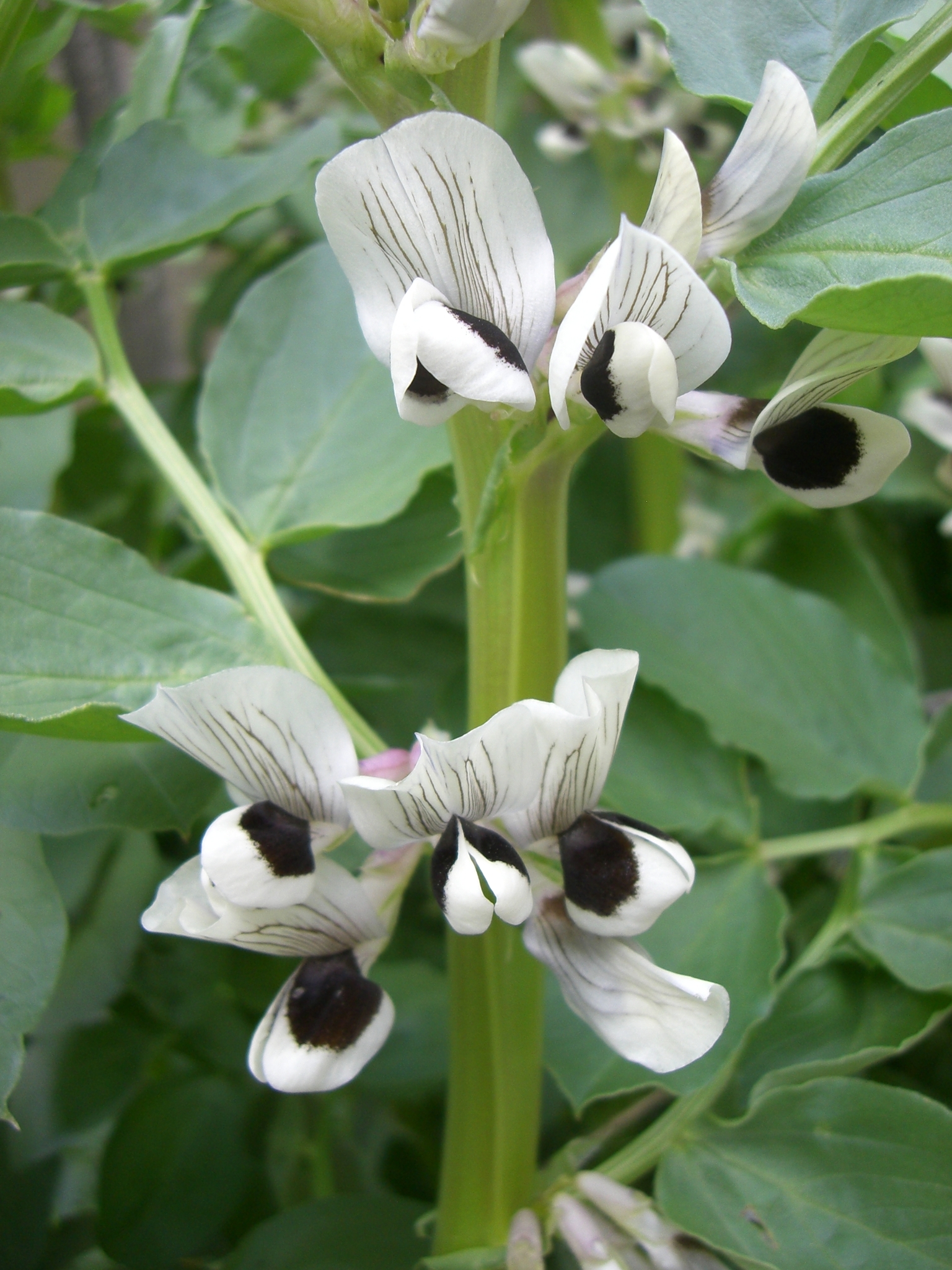
Classical name for a species of Vetch, probably V. sativa L. and possibly derived from the Latin vincire — to bind, referring to the clasping tendrils.
Mostly climbing annual, biennial or perennial herbs. Leaves compound, with a terminal leaflet modified as a tendril that is sometimes branched; stipules present, sometimes toothed. Flowers solitary, few or in clusters in the leaf axils. Calyx of 5 sepals. Standard and wings obovate to oblong; stamens united and in 2 groups. Ovary with few ovules. Fruit pods oblong to linear, flattened.
The use of several species for fodder and manure has resulted in their naturalisation, chiefly V. sativa L. as subsp. sativa, Common Vetch, and subsp. nigra (L.) Ehrh, syn. var. angustifolia (L.) Ser.], Narrow-leaved Vetch, both varieties having glandular stipules. Also naturalised are V. villosa Roth, Russian Vetch, with more than 10 flowers per cluster, each over 1 cm long; V. tetrasperma (L.) Schreber, Slender Vetch, with flowers 1-3 together, each less than 1 cm long; and V. hirsuta (L.) Gray, Hairy Vetch, with flowers to 8 together, each less than 1 cm long, pods hairy.
About 150 species from Asia, S America, Hawaii, the Mediterranean and N Africa.
Seed.
Many species are used for feed, as green manure for nitrogen fixation and in making hay and silage.
Leaves with tendrils, the stipules smaller and narrower than the leaflets, which are in 2-many pairs.
Kupicha (1976), Murray (1999).
Source: (2002). Fabaceae. In: . Horticultural Flora of South-eastern Australia. Volume 3. Flowering plants. Dicotyledons. Part 2. The identification of garden and cultivated plants. University of New South Wales Press.
